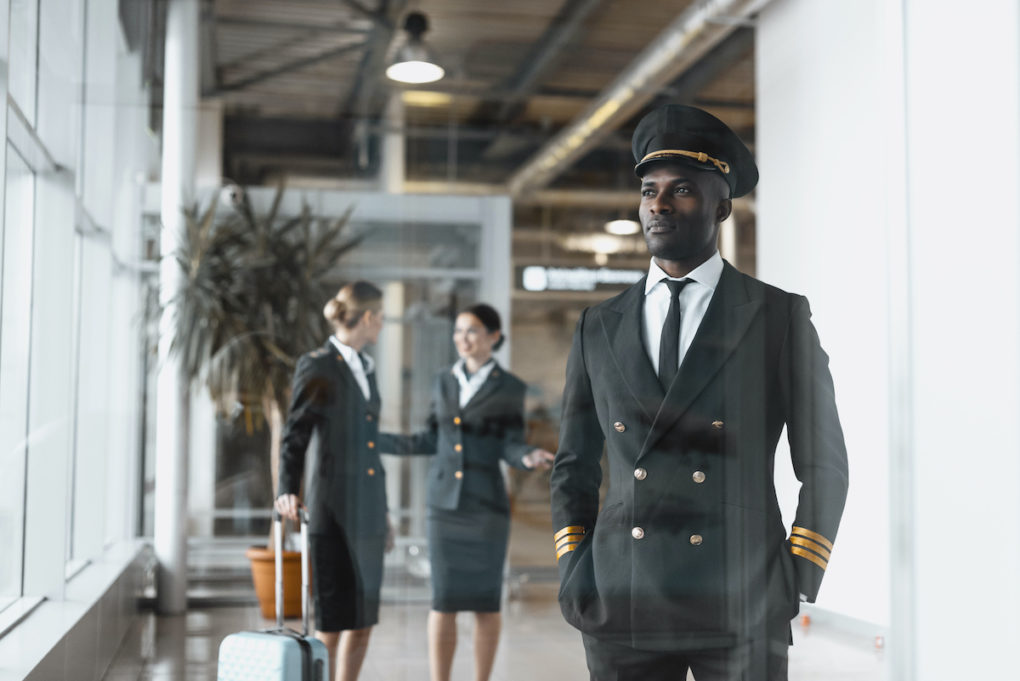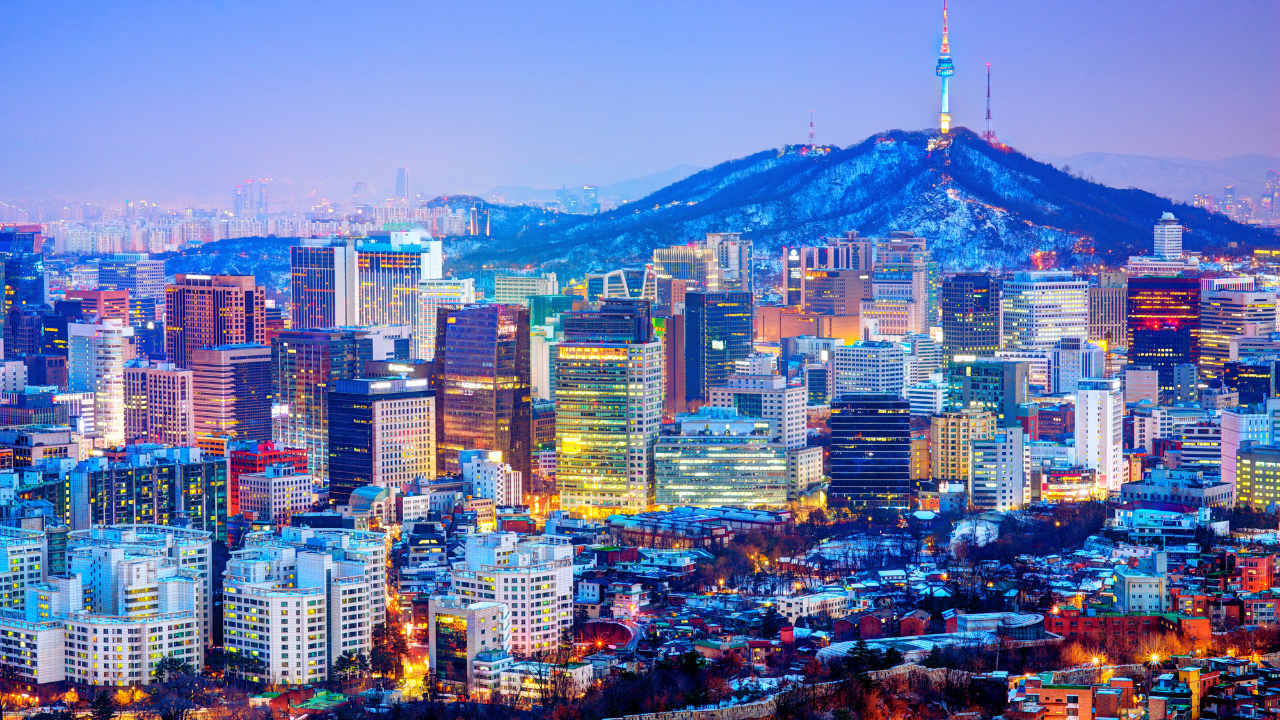The US airline industry is about to face a “tsunami of pilot retirements.” This situation will further the nation’s pilot shortage, limiting flight availability for passengers and putting upward pressure on fares. More than half of pilots working today hit the mandatory retirement age of 65 in the next 15 years. In addition, younger pilots are not making up for those aging out. This is what a group from the aviation industry said at a hearing in Congress on April 19.
According to Faye Malarkey Black, president and CEO of the Regional Airline Association, 42 states have less airline service now than before the pandemic, 136 airports have lost at least a quarter of their service. Also, more than 500 planes belonging to regional airlines are sitting idle without enough pilots to fly them.
The “severe and ongoing pilot shortage” is nationwide, Black told CNN.
Most airlines have yet to fully restore the service cuts they made during the pandemic, even in the face of record bookings at some carriers.
The Regional Airline Association warned of a significant pilot shortage. RAA chief Black argued that the airlines are under-staffed due to inadequate pay and quality of life conditions.
The group represents the regional carriers which provide feeder service for the larger airlines such as American, United and Delta. Those major airlines are also facing shortages of pilots, but they’ve been hiring pilots away from the regional carriers. It causes an even worse problem for passengers and cities which depend on them, Black commented.
US Airlines Pilot Training Programs
The large airlines hired more than 13,000 pilots in 2022, according to Black. Nearly all are from the smaller carriers that the RAA represents. More pilots earned licenses last year than ever before. However, those 9,500 new entrants were not enough to keep pace with demand.
Black said the cost of training for a new pilot can be $80,000, with total costs reaching $200,000 when combined with the cost of a bachelor’s degree. She said federal financial aid is insufficient to give poorer students a chance become pilots.
“Unlike other career paths that require additional professional credentialing, such as doctors and lawyers, accredited pilot training programs can’t access additional lending available through graduate aid programs to cover the higher costs,” she said.
Black, the head of the RAA, says that both business and charter airlines are also hiring. But Jason Ambrosi, President of the Air Line Pilots Association, told the House Transportation subcommittee that airlines are short-staffed because pilots aren’t paid enough. For him, they work in bad conditions and because managers made bad decisions during the pandemic.
He said that raising the mandatory retirement age from 65 to 67 would make it hard for airlines to make long-term plans. By law, pilots over the age of 65 can’t fly on international routes.
The hearing also discussed a lack of diversity among pilots. This is because pilots tend to be mostly male and mostly white. Changing that could also help address any pilot shortages.
“There was a widely acknowledged shortage of pilots even before the pandemic, but many airlines offered buyouts and early retirement packages to trim costs during the pandemic,” Ambrosi said.





